Civic Engagement: Museums Create Meaning
Key Points
-
The classroom isn’t the only place for students to engage in history or civics.
-
In the same way education has evolved from a space of passive to active learning, museums have taken their work to the next level.
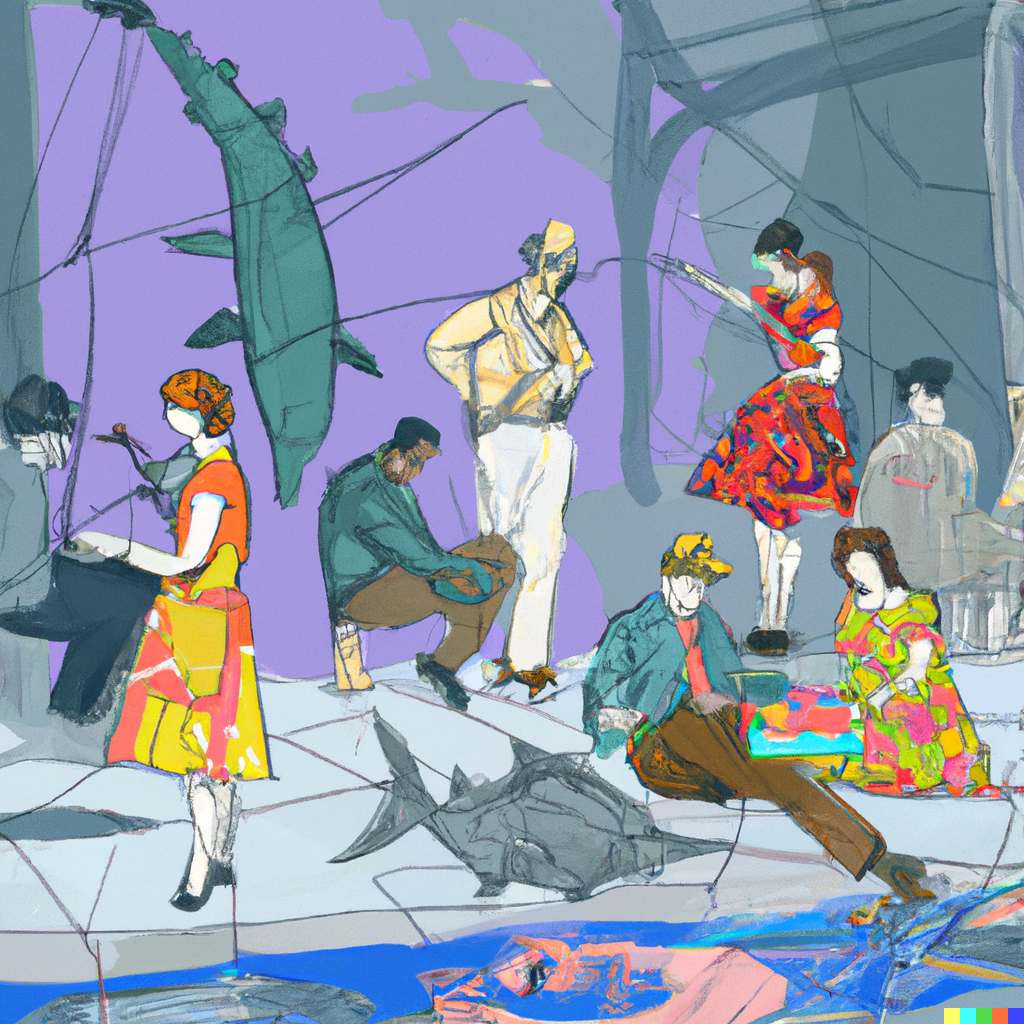
The classroom isn’t the only place for students to engage in history or civics. In the same way education has evolved from a space of passive to active learning, museums have taken their work to the next level. No longer just quiet halls to meander at artifacts shielded behind glass, museums are increasingly turning into community hubs creating interactive and immersive experiences for their guests. Their goal – to create opportunities for people to engage in their history, understand the present, and think about the future.
As we explore pathways to facilitate civic engagement, it might be worthwhile to investigate the role that museums play in creating pathways that enable youth to step up and take part in the world around them. It can be hard to create authentic experiences in the classroom that allow students to make community connections, engage in meaningful dialogue, or learn about events that have shaped (or are shaping) our world, especially when there is growing pressure to censor history, reading materials, and current events.
Museums can act as a valuable community intermediary, a connector of disparate sectors, communities and opportunities that schools alone wouldn’t be able to achieve. They have the ability to tell history with a fuller breadth and depth than most schools and can dramatically increase the number of voices who have a role in shaping this history. They can act as community centers to bridge local actors, and create forums around issues – and many want to do just that. The American Alliance of Museums is encouraging museums to take a bigger, bolder look at their place in their communities and to “reinvent not just what they share, but how they serve their communities”. Perhaps it’s time for educators and schools to explore how they might partner or work with museums to generate more opportunities for students.
In the same way education has evolved from a space of passive to active learning, museums have taken their work to the next level.
Michelle Blanchet
Community Building
Organizations like The History Co: Lab have demonstrated the power of co-creation, and showcased the numerous possibilities museums have to act as connectors and facilitators of learning. Through their work, they have supported museums across the nation to engage in Lego Foundation’s Power of Play helping them create gamified, immersive experiences. In Kansas City, they have created The Learning Collaborative to create a ‘civic learning ecosystem’ between educators, museums, and other local actors. They prove the power of museums to act as a local anchor and facilitator for civic engagement.
Real World Learning
Changes in the curriculum can often move slowly. Museums have the possibility to be more agile and cover topics that are valuable but have not necessarily been embedded into curriculum standards (yet…). The Smithsonian has created ample resources around the United Nations Sustainable Development Goals (SDGs) creating curriculum, lessons, professional learning, and events to support teachers as they engage students in these critical topics.
Immersive Pedagogy
From virtual field trips to family game nights museums are working to provide opportunities to make learning come alive for youth. The Durham Museum has created a series called Museum Live! to engage students in exhibitions and displays. These thirty-minute segments facilitated by museum educators bring museum content directly into the classroom. In addition, they offer virtual field trips to provide greater access to learning opportunities.
Like many other museums, President Lincoln’s Cottage had to reinvent itself during the Pandemic creating new ways for community members to engage in its mission. They created virtual family game nights, as well as a program called Lincoln Letters that provided gamified experiences to help visitors explore issues around Lincoln’s legacy – issues like sustaining democracy and fighting for justice. In addition to these experiences, they’ve also created a teacher-in-resident program which led to the creation of the board game Brave Ideas. A bold game co-created with students to inspire youth to generate their own ideas to solve problems and make their communities better. Their goal is to facilitate respectful dialogue within the community and support new ideas that foster a future full of freedom, justice, and humility.
Moreover, students respond to games and immersive experiences in ways that help them build skills toward civic engagement. In participating in these types of opportunities, and/or playing or designing games they get to practice skills like creativity, collaboration, and critical thinking. With the Brave Ideas game, students enjoyed “coming up with unusual and creative ideas to solve problems”. Others appreciated being able to tap into their creative side or “just how fun it was to play it, but at the same time, you could learn and see different perspectives, on very important matters.” Students appreciate hands-on learning, and museums can help us provide students with chances to apply content in new ways so that they learn to tolerate different perspectives, communicate with one another, and co-create the type of world they want to live in.
As museums begin to prepare for the semi-quincentennial of our nation, the U.S. injects an extra $50 million towards civics education. We should do more to explore what a quality civics education looks like, thinking more holistically of all the pathways we might employ to help students show up and get involved. Museums offer just one of the many opportunities we have to make incredible partnerships to support our students’ learning and ability to engage as citizens.
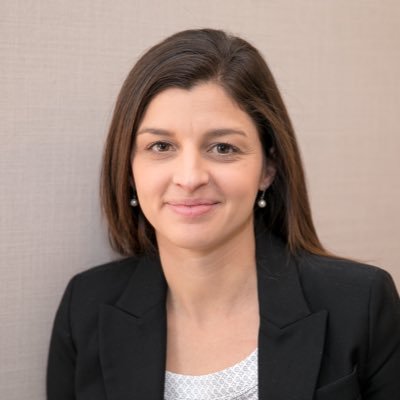



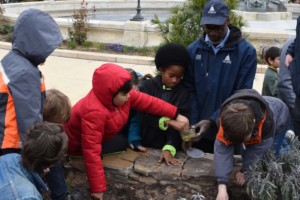
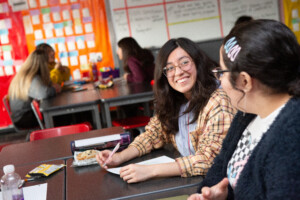
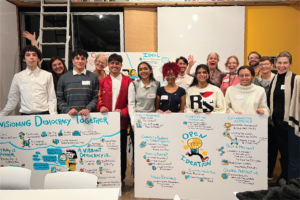
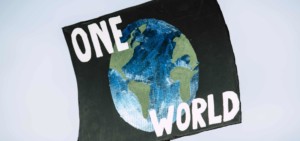
0 Comments
Leave a Comment
Your email address will not be published. All fields are required.